The shortest scientific articles
Maths
In 2005, scientists John Conway and Alexander Soifer decided to write " the shortest scientific article on mathematics in the world ." The body of the article itself consists of two words (and two illustrations - they contain the answer to the question posed in the title).
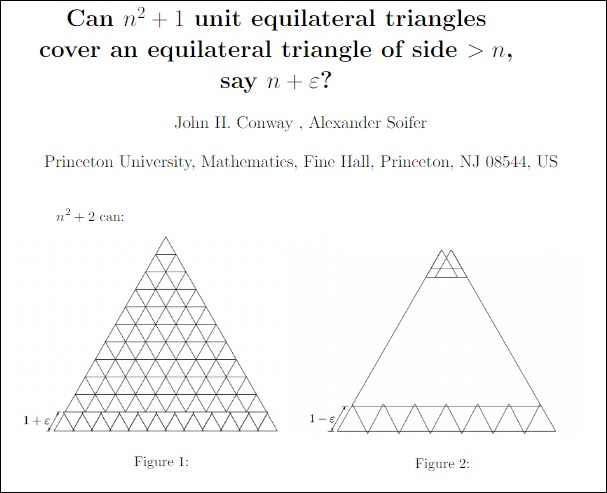
Game theory
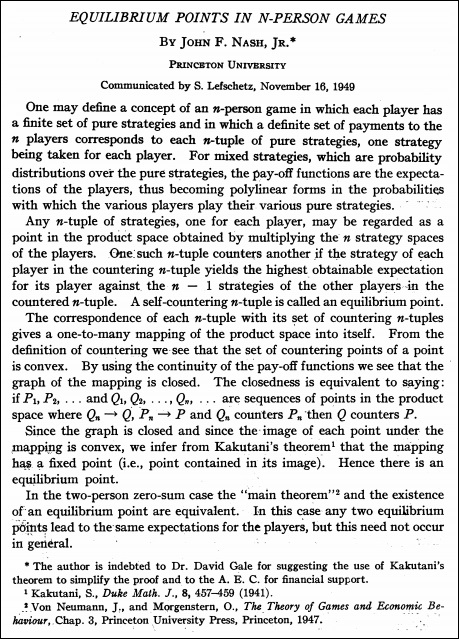
For the fifth paragraph, John Nash received the Nobel Prize in Economics in 1994.
')
By the way, in 2015, John Nash received the highest award in mathematics - the Abelian Prize for his contribution to the theory of nonlinear differential equations. Having received both the Nobel and Abelian prizes - John Forbes Nash became the first person in the world to win both prestigious awards.
Physics
A group of researchers from the Bristol Physical Laboratory and the Indian Institute of Technology published an article in this period:
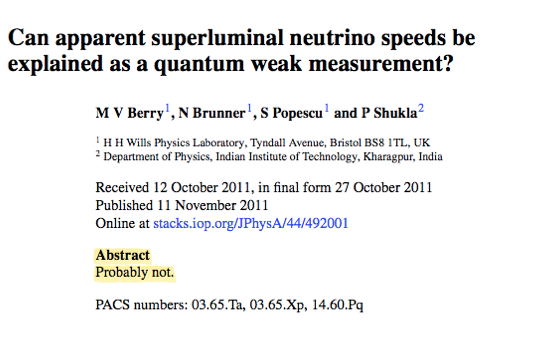
“Is it possible to explain the neutrino superluminal velocity by a weak quantum measurement?”
Almost the shortest "Abstract": "Most likely, no."
Seismology

The shortest "Abstract"
"Without chemistry"

"A comprehensive review of consumer products that do not contain" chemistry "
In 2016, this work appeared in the German magazine Chemie in unserer Zeit - there is nothing in it except for the title and annotation. According to scientists, the labeling "Chemical free" simply does not make sense, so, strictly speaking, there is nothing to observe in this case.
Here you can read this article for $ 6.
Francis Crick and DNA
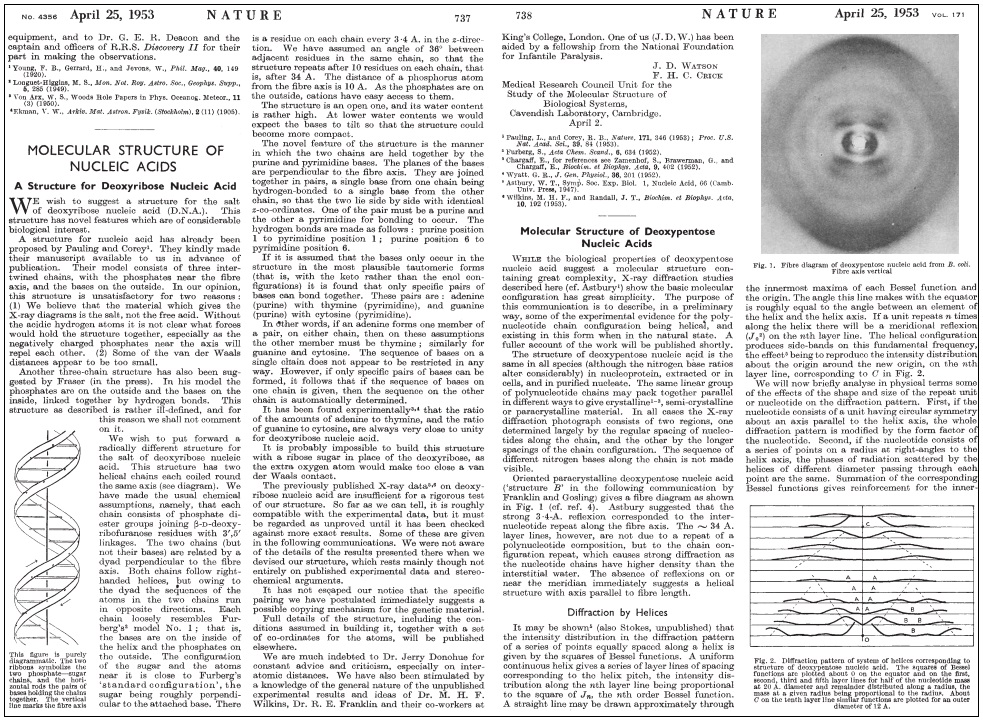
Nature article "Molecular Structure of Nucleic Acids: A Structure for Deoxyribose Nucleic Acid"
But for these words gave the Nobel Prize:
“We could not help but notice that the specific pairing proposed by us directly suggests a possible mechanism for copying genetic material.”
"It is not escaped by the law.”
Behavioral sciences
In 1974, clinical psychologist Dennis Upper was in a creative crisis. Something prevented him from sitting down and writing the required article and he decided to conduct a scientific experiment on himself in the hope of overcoming the “writer's bloc”. The result was published in the prestigious Journal of Applied Behavioral Analysis:
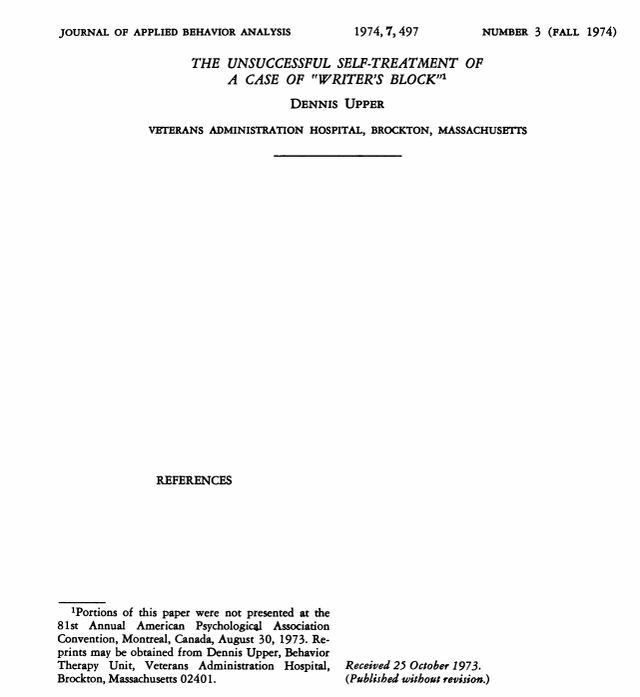
Sources
- The Shortest Science Paper Ever Published No Words, and Was Utterly Brilliant
- "Without further ado": the shortest scientific articles
- The shortest scientific articles
- The Shortest Ever Papers - Numberphile
- Alexey Savvateev: "Recent breakthroughs in mathematics"
PS
One of the recent achievements in mathematics is the solution of the problem of cutting an equilateral triangle into 5 "equal" parts:
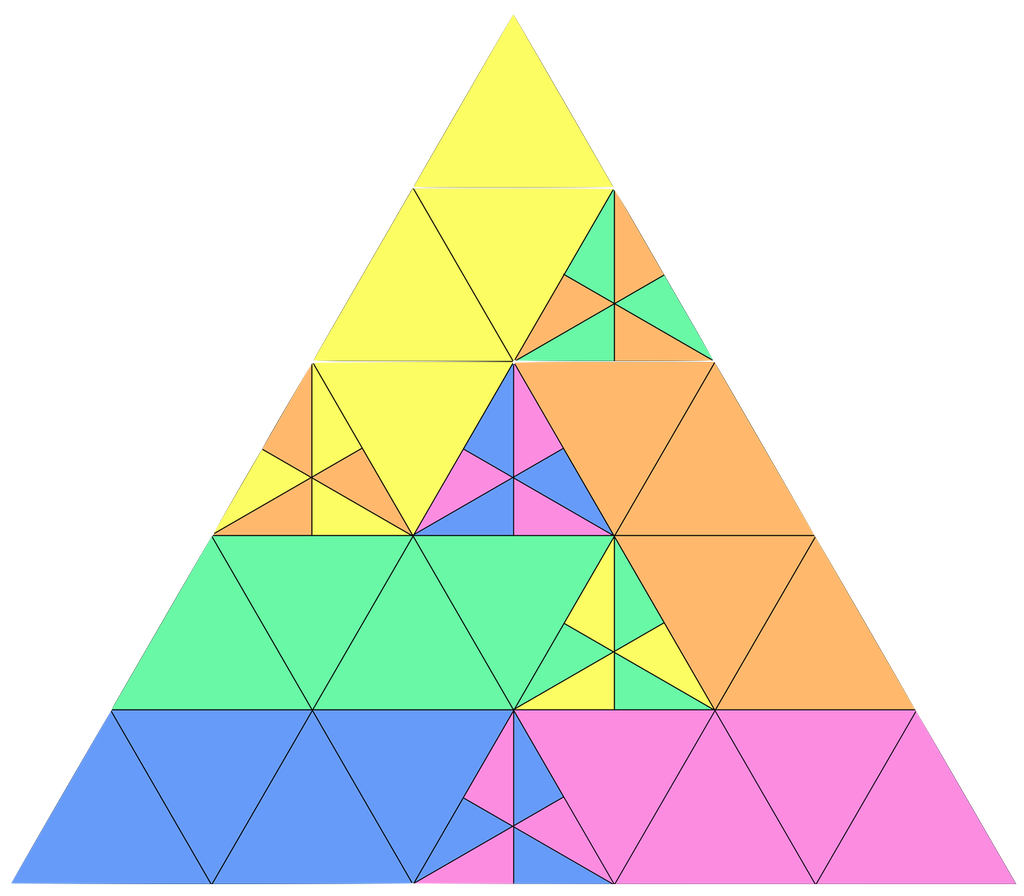
Color is a part.
Source: https://habr.com/ru/post/456502/
All Articles